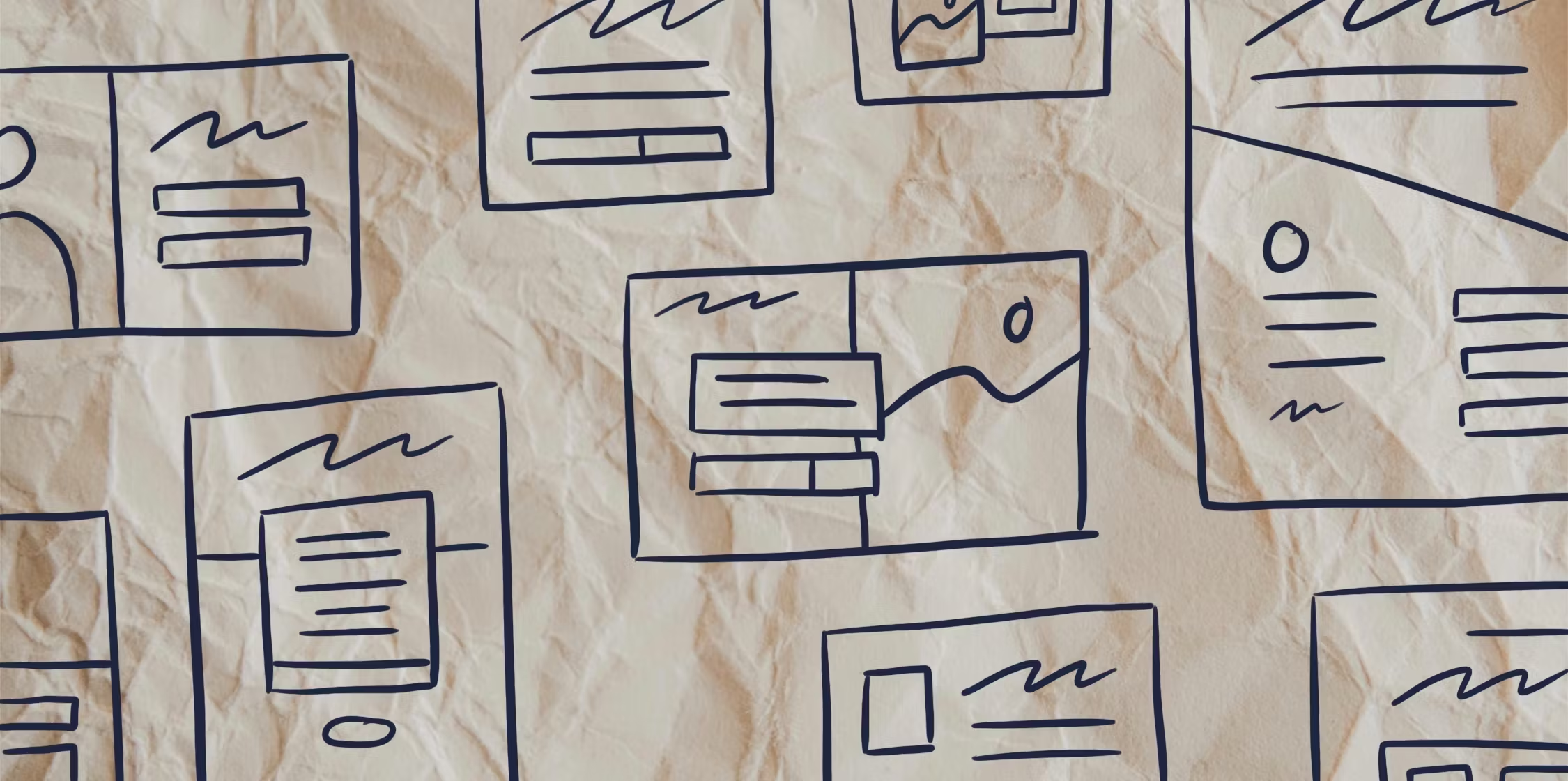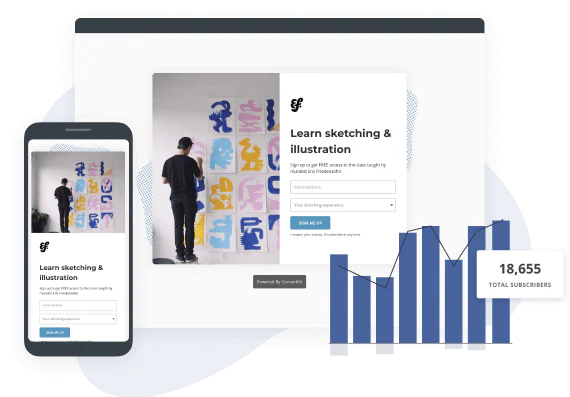16 different types of landing pages and which one is best for you
Updated: July 23, 2024
16 min read

Share your next big idea with a landing page
Don’t wait to test out a new project. Get it out into the world today with a quick, customizable landing page.
Create a free landing page
Afoma Umesi
Afoma Umesi is a freelance writer for software companies and businesses in the marketing industry. When she's not tapping away at her keyboard, you'll find her reading a good book or experimenting in the kitchen. (Read more by Afoma)


